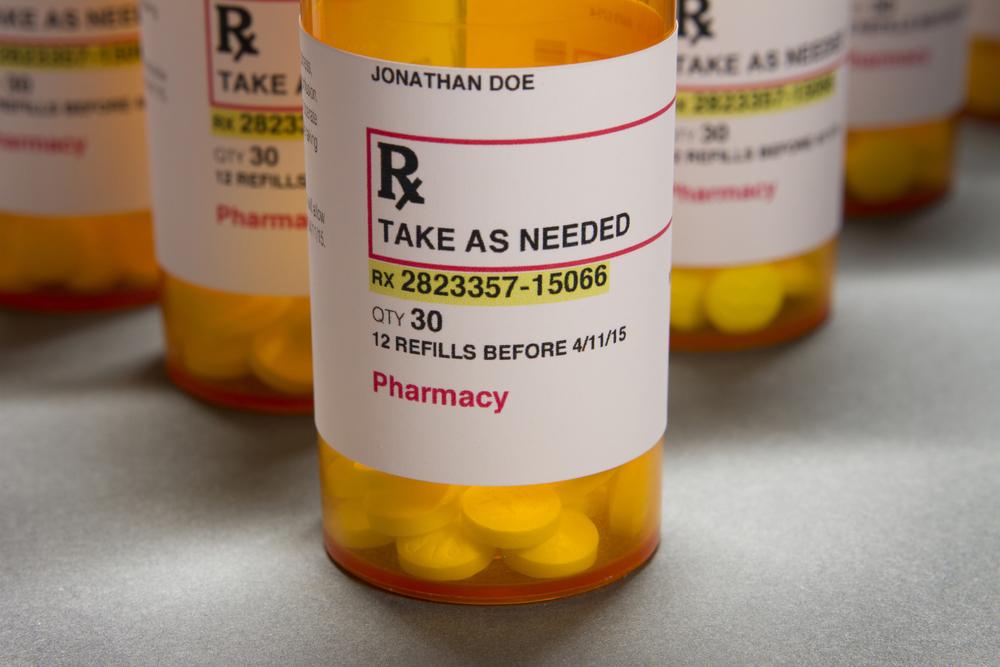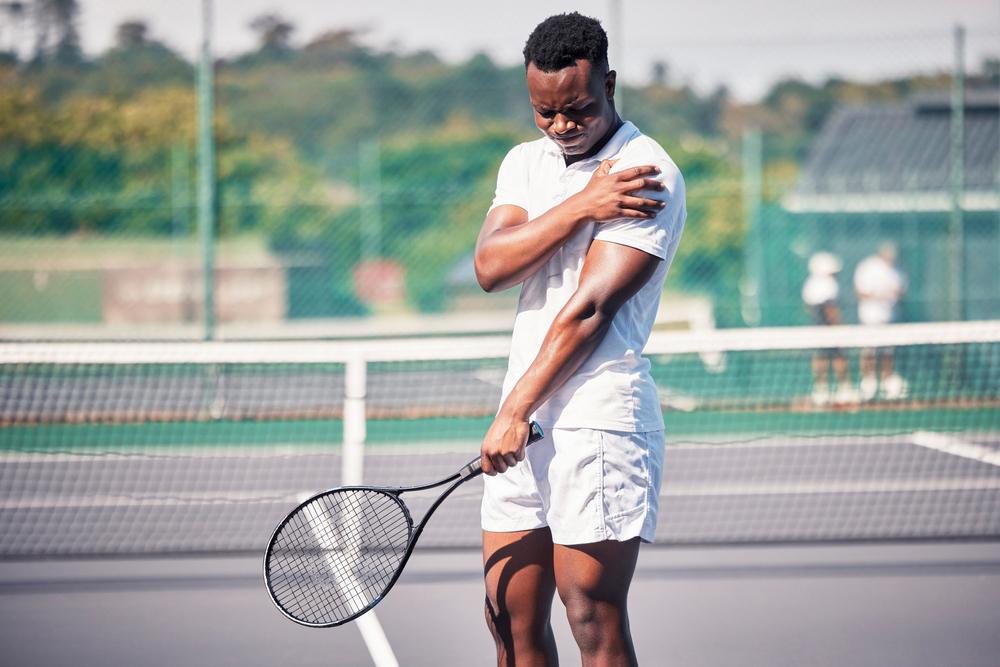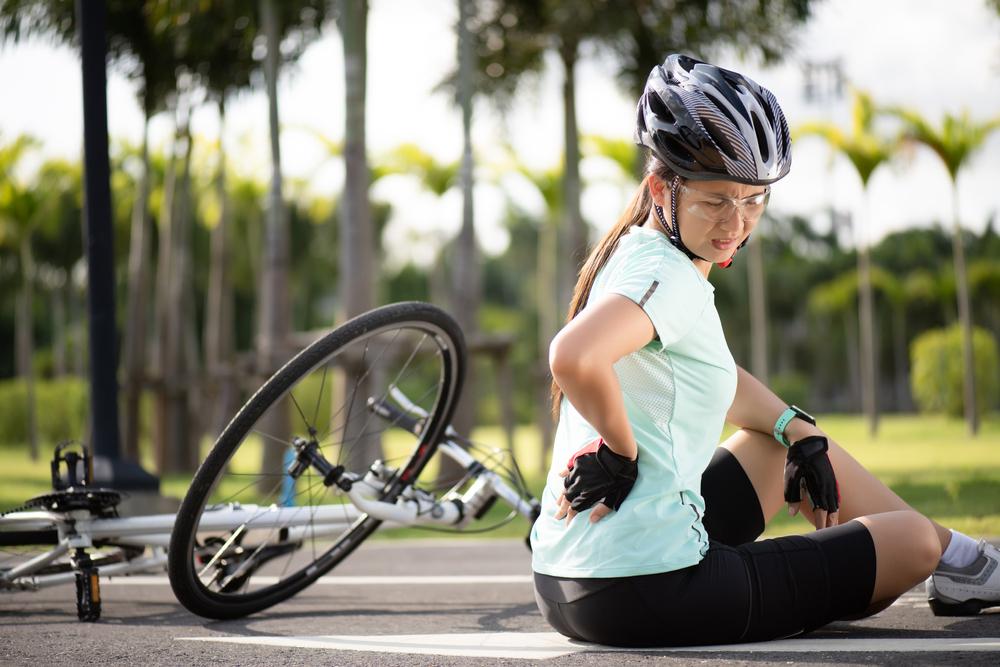 Injuries are oftentimes an inevitable part of sport, and it’s easy to assume that your athlete will receive and take the medications they need, in the right dose, for the right amount of time. But unfortunately, there are numerous accounts of high school superstars and promising young athletes whose lives have been lost or threatened after a prescription pain medication for a sports injury spiraled into addiction.
Injuries are oftentimes an inevitable part of sport, and it’s easy to assume that your athlete will receive and take the medications they need, in the right dose, for the right amount of time. But unfortunately, there are numerous accounts of high school superstars and promising young athletes whose lives have been lost or threatened after a prescription pain medication for a sports injury spiraled into addiction.
There are also plenty of accounts and statistics that indicate opioid medications in particular are over-prescribed in the United States, which means that young athletes may have improper access to opioid medications.
“Parents often have both prescription and over-the-counter pain medications at home and may be tempted to give them to their children after an injury,” explains Dr. Gary Green. “Prescription medications should never be shared and need to be legally prescribed by a physician for a specific patient. Old medications, especially narcotics, should be disposed of properly once an indication has passed.”
While there are risks associated with pain management, parents have to be prepared to help their young athletes with pain after a sports injury. Keep reading to learn more about the best practices for over-the-counter, prescription, and opioid pain medications.
Best Practices for Over-the-Counter Pain Medications
Like with all medications, parents should carefully read the label of over the counter medications and remember that adult doses are not appropriate for kids. Parents should consult with a physician before giving kids who are 6 and under any pain relievers. Various factors, such as body weight, age, and height, will factor into the appropriate medication and dose.
Dr. Green also notes, “Parents should also be careful not to mask pain by giving medications in the mistaken impression that it will allow children to return to their sport more quickly. It is natural for athletes of all ages and levels to want to get back to their sport, but masking pain can lead to increasing severity of an injury and delay recovery. Parents need to listen to their child athletes and be mindful to not allow over-enthusiastic coaches to push return to play.”
Best Practices for Prescription Pain Medications
In 2017, the International Olympic Committee (IOC) released a comprehensive guidance document on pain management for athletes, which established the following as best practices for pharmacological pain management for athletes.
- Medication should only be one element of pain management treatment that’s combined with non-pharmacological methods.
- “Medications should be prescribed at the lowest effective dose for the shortest period of time.”
- Athletes should also stop using them as pain from the injury dissipates.
- Treatment should account for an athlete’s medical and medication history.
- Medications should be prescribed based on established factors, including effectiveness and potential side effects.
- Athlete-reported pain levels can help indicate the effectiveness of a medication.
- Medications should not be prescribed as a preventative measure for pain or injury.
Best Practices for Opioid Pain Medications
When developing a pain management strategy, parents should also be aware that physicians should do the following before prescribing opioid medications.
- Make a diagnosis after evaluating the pain in relationship to the injury.
- Establish goals for pain relief and track progress for improved function.
- Assess physical and mental health outside of the injury.
- Unless pain is severe, the physician should initiate non-opioid therapy and measure effectiveness of the treatment before moving on to opioid therapy.
- Limit opioid prescription to 5 days in the lowest effective dose.
- If ongoing use is recommended, it should rarely exceed 10 days after an acute painful injury, as the risks increase significantly based on the number of days of use.
- The physician should also provide the patient with information on the risks of opioid dependence, addiction, and overdose.
- If opioids are prescribed for more than 10 days, the physician should establish a plan and timeline the help the athlete stop using opioids.
Dr. Green additionally points out, “In my practice, I have also seen young athletes who use pain or an injury in order not to play. Kids can use an injury as a ticket out of sport that they no longer enjoy or want to play and don’t have the skills to discuss it with their parents or coaches. It can be a red flag when the complaints of pain seem out of proportion to the injury. That is often a good opportunity to talk to the child to see if there are underlying, non-medical issues that may be preventing recovery.”
Dr. Gary Green is board-certified in sports medicine and clinical professor in the UCLA Division of Sports Medicine. He is the medical director for Major League Baseball and has a practice in Pacific Palisades, California. He also serves on the Scientific Board of the Partnership for Clean Competition.



